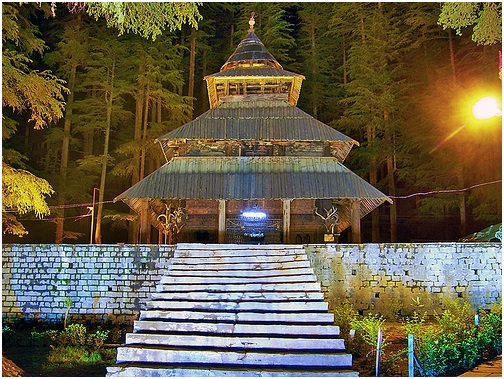I was just walking through some documents I had saved over the years, when it struck me that there has been very little new research work or relook into the history of the hill states. One particular format has been the examination of oral ballads, very few of which seem to be available in popular culture today. However, that was certainly not the case in the British era, when much field work seems to have been done by scholars of Europe on the subject, as they panned across the state of the Lahore kingdom and their adjunct territories. Sirmour was a Small Princely state along the Yamuna river's course While their purpose may have been malevolent in nature, many interesting insights got captured over the course of their work, and replication or improvement on the same seems to be rather scarce, especially in the context of what the European scholars used to call the "Punjab Hill States". One such case was on Sirmour, where very little information can be found in the publi...
 |
| Hadimba Devi Temple in Manali (picture credit: The OK Travel) |
As I had mentioned in a post earlier, Kullu's ancient name was Kuluta. The founders of the state are believed by Hutchison and Vogel to be descendants of the Pals who ruled over Prayag, from where they migrated westwards, conquering Haridwar, then known as Mayapuri. The founding of the present state through its current ruling dynasty interestingly is attributed to a Behangamani-Pal around 765 AD, a period where the Palas of Bengal had just come to prominence under their first ruler Gopala I. The Palas were supreme in North India, though they were always competing with the Gurjara Pratiharas and Rashtrakutas for supremacy in the Kannauj triangle. The Palas seem to have founded other states in the Himalayan region, including Mandi, Balor, Bhadu and Bhadrawah, as well as a small feudatory called Batol.The relations are curiously highlighted only in the Vansavali of Balor and Bhadu.
Behangamani was one of the eight brothers who was walking around with his family in the wilderness, trying to become a ruler without much success. Having tasted defeat, he was in hiding when a Pandit told him that his star was on the rise, and he would rule these lands where he was hiding very soon. Hutchison and Vogel tell the legend that follows soon as follows:
"The zamindars, subjects of Ranas and Thakurs....decided to choose someone else as their ruler. A short time afterwards, a jatra or religious fair, called Janjoli Jatra, was held at Basnara near Jagat-Sukh.
 |
| Hidimba Devi in her palki (picture credit: The OK Travel) |
The legend further goes that Behangamani was directed to go to the Shabari temple in Shuru village near Jagat-Sukh, where the goddess would appear to him. As he entered the fair with the goddess, the people hailed him with the title of "Jaidea", and a rebellion started against the Ranas and Thakurs, ending in a free Kullu state with Behangamani as its ruler. Since then, the dynasty has not only given her the status of the clan deity - she is much more than that to them. She is reverently called Dadi or grandmother by the ruling family. For those who may not be aware, this Hidimba is the same Hidimba of the Mahabharata. It is believed that having lost her son and her grandson to the war and its machinations, the rakshasi was very upset, and went into a profound period of meditation for twelve years. Krishna, impressed by her manner of handling her grief, blessed her to become a Devi.
 |
| Maheshwar Singh, King of Kullu, and Royal Family, awaiting the Devatas of Kullu Valley |
Manali is a renowned hill-station in northern India. It is a wonderful place to visit during summers. Tourists like https://www.imanali.in/manali-tour-package-surat from all over the world prefer this place as a holiday destination. It is a mesmerizing site blessed with fascinating beauty. If you visit once then you will always want to come in every vacation.
ReplyDelete